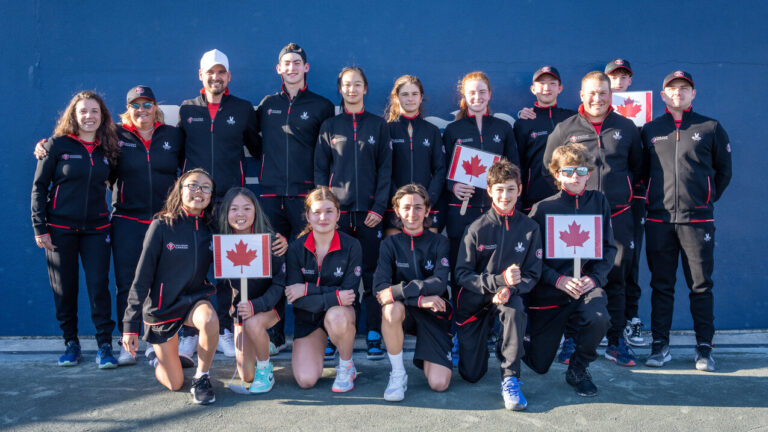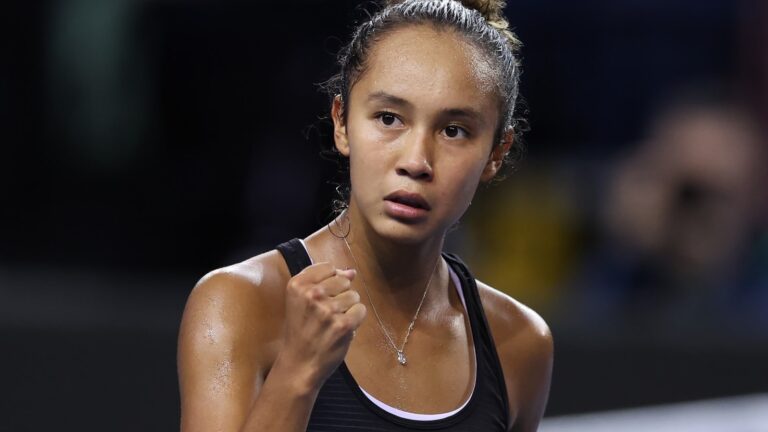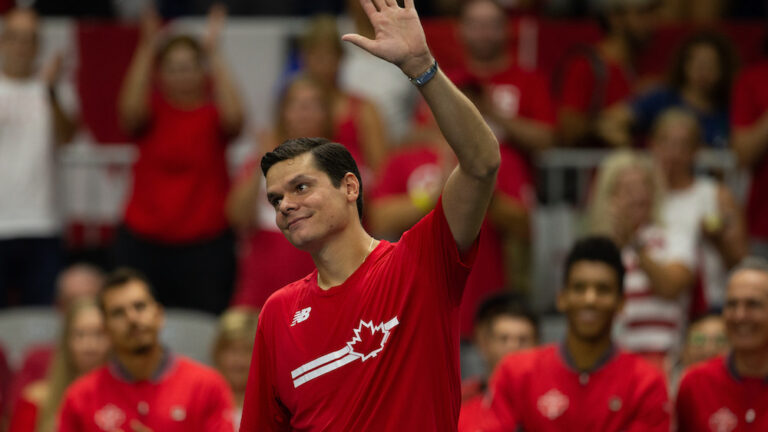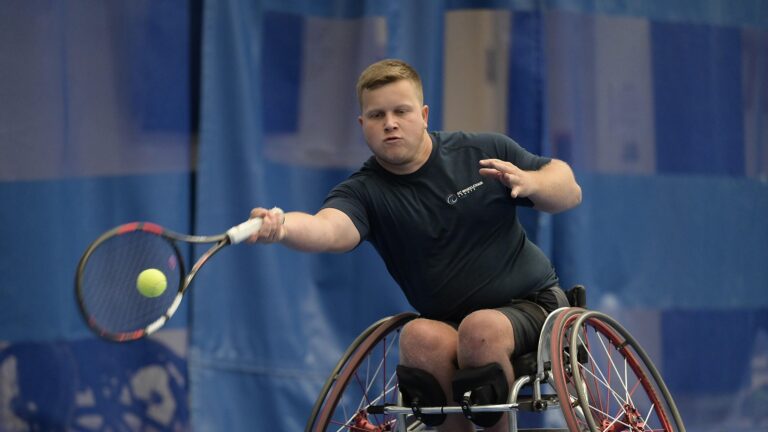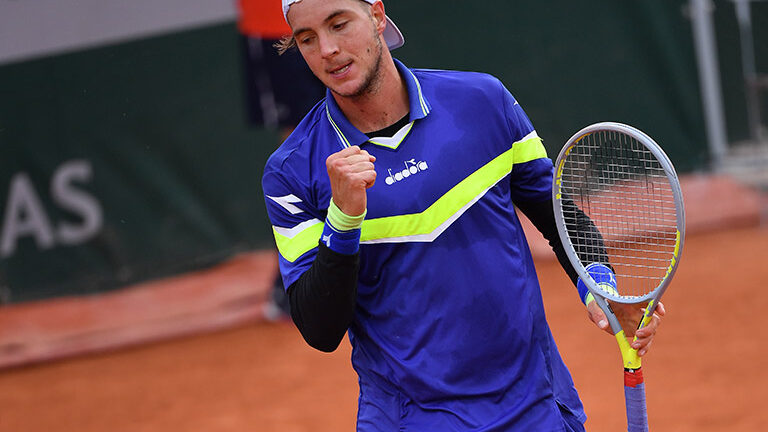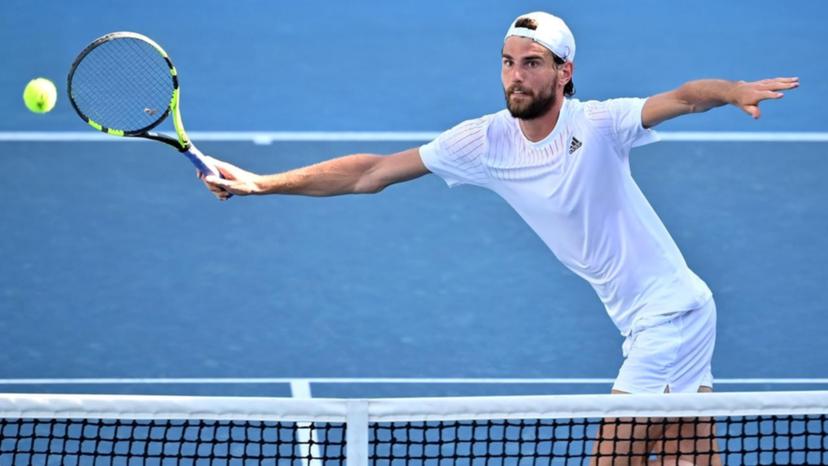
Photo :
In men’s tennis, you likely know who to bet on in drawn-out baseline rallies and who to bet on at the net. But how about in serve and volley?
Stumped? There’s a good reason: it’s a style virtually no one excels at. Except Maxime Cressy, that is.
Previously practiced by many, the serve-and-volley game crops up once in a blue moon. It isn’t complicated and only takes a second: the player serves and then hustles up to the net to hit a volley that ends the point.
It’s a double-edged sword, though. And more often than not, it nicks the server, not the receiver.
A dead-on serve will get the opponent on the move and too focused on the ball to see the server run to the net. But when things don’t go as planned, a GOAT returner the likes of Novak Djokovic will blast the ball right back.
First, a recap.
Tryout for Félix
February 17. Félix Auger-Aliassime is in a fight to defend his indoor title in Rotterdam.
In first two service games, he serves and volleys 5 times out of about 10—something completely out of character for him.
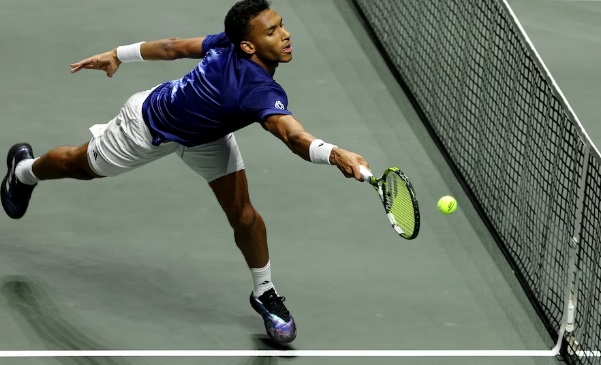
As the commentators pointed out, it was a great tactic for someone used to baseline rallies given that his opponent Daniil Medvedev has a habit of standing way, way back on the return (read: basically in the third row of the stands).
Serve and volley gave Félix the option to angle his serve and almost be at the net in time to a) capitalize on the element of surprise and b) cut the angles on the return.
Read also: Auger-Aliassime training with Rafael Nadal in Majorca
And it worked splendidly.
But Medvedev being Medvedev, he executed his subsequent returns with surgical precision and bewildered Félix, who probably began to doubt himself and started missing opportunities and his chance to defend his Dutch title. He lost the confidence he’d walked in with and was back in the locker room 83 minutes and two sets later (6-2, 6-4).
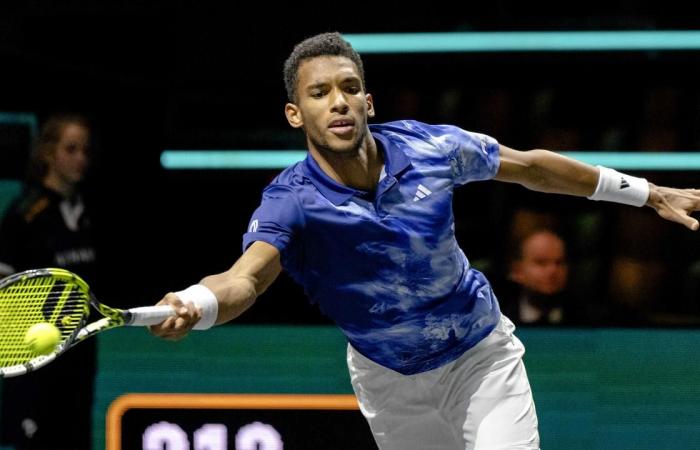
And yet, Auger-Aliassime hits a good volley. His results in the mid-court and at the net are excellent. He might have won if he’d kept at it, provided his serve held up.
To the max with Cressy
Watching Félix, I couldn’t help but think back to his match at Wimbledon against Maxime Cressy, the newly appointed guardian of the serve-and-volley style. Thanks to his flawless execution and 28 aces, he expelled Auger-Aliassime in four sets (6-7(5), 6-4, 7-6(9), 7-6(5)).
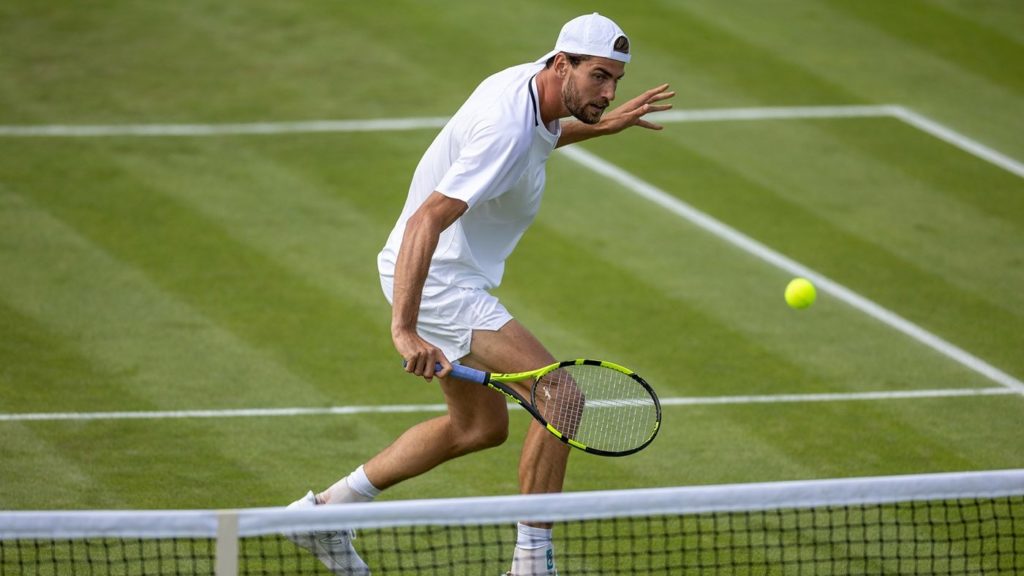
Ever since then, I’ve kept an eye on Cressy, a Frenchman who’s played for the US ever since the Fédération Française de Tennis strongly advised him not to rely on his court strategy of choice.
After throwing Cressy out of the second round of the Paris indoor event last November (7-6[1], 6-4), Novak Djokovic had this to say about serve and volley: “It takes courage to play this kind of style that’s almost an ancient style. You don’t have many players that do that. Possibly he’s the only one at the top. It does change a lot because not only do you have to get the return back but you have to put it under his feet, which is very difficult to do.”
Take a look at these match highlights and you’ll see that the Serbian superstar didn’t have much trouble figuring things out.
He added: “It’s nice to see someone that comes in after the first and second serve. It just gives a different look from the tennis fans’ point of view. I appreciate that. I respect that.”
Right now, Cressy is no more than a curiosity and that may be the end of it. But fans want an original and enjoy his spectacular, albeit risky, style.
Because for every match in which he racks up a bunch of aces with his powerful serve, his double fault count is far less grand. In 2022, he averaged 13 aces and 8 double faults per match.
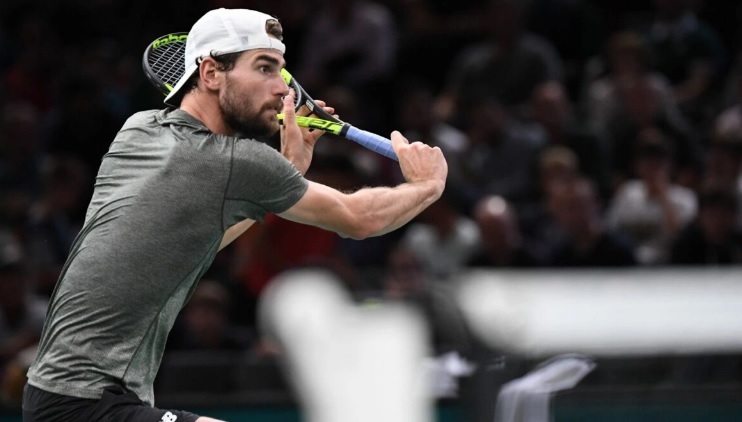
What’s more, his many trips to the net seldom pay off in the end, since his opponents eventually find the keys to unlock his game. After breaking into the Top 100 just over a year ago, Cressy has hovered between No.45 an No.35 since June 26.
A Frank take on the topic
Canadian ace and Davis Cup captain Frank Dancevic played serve-and-volley tennis.
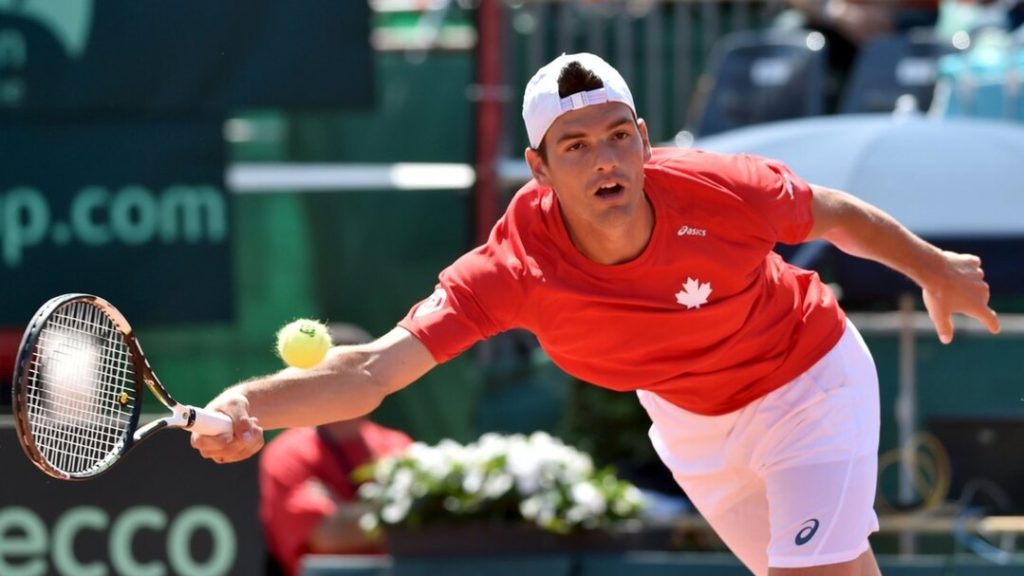
“Yes, I was a serve-and-volley type player. I wasn’t coming in on every single serve, but I was coming in quite a lot, on 70% or 80%,” he said.
Will someone bring the style back? Frank doesn’t think so.
“The game’s changed a lot in the past 15 years. Even myself, I changed my style to play a little bit more from the baseline. They’ve slowed the courts so much, so it’s better to be more solid from the baseline than at the net like before. Because before, the courts were quicker, so the balls were slipping more and it was tougher to return. The guys have more time to set up for the passing shot.”
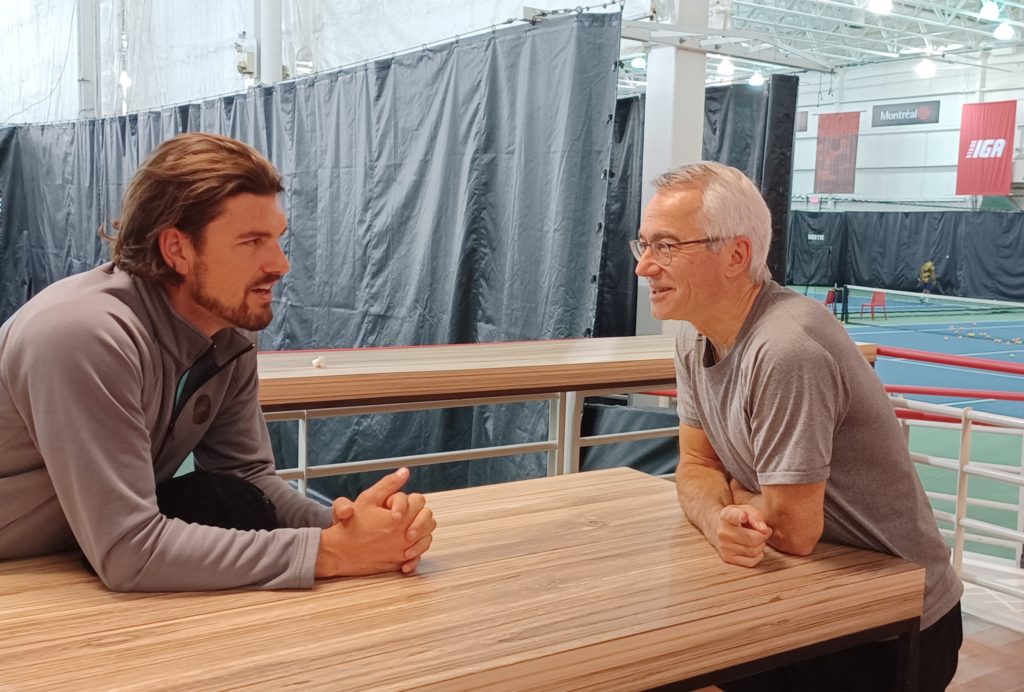
According to Dancevic, the courts have been standardized to the same speed—even the clay courts, which are a little faster, and the grass courts, which are a little slower—and that’s why players have stopped volleying. “Modern tennis is being aggressive from the baseline but realizing your opportunities and knowing how to finish points at the net,” he explained.
Frank says it’s tough to build a game on volleys alone these days. Besides Pierre-Hugues Herbert, very few have volleyed their way to the top.
Even in his time, Dancevic didn’t come across too many serve-and-volleyers. Among the exceptions were Michael Llodra, Tim Henman, Pat Rafter and 14-time Grand Slam champ Pete Sampras, of course.
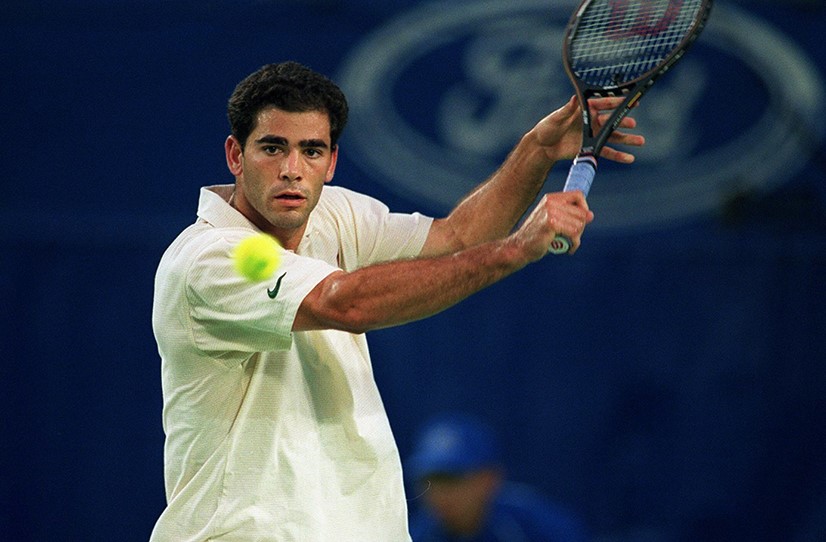
“But you never know. If someone is very good at it, we could see a champion. But there won’t be a lot of them,” Frank added.
==============================================================
Email: privard@tenniscanada.com
Twitter: @paul6rivard
Follow all our Canadians in action here.
